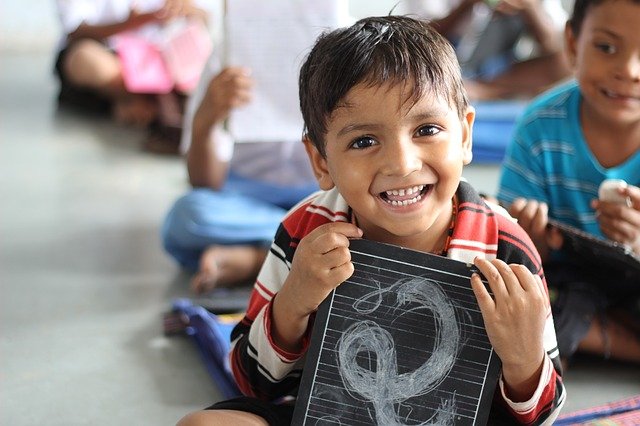While National Education Policy 2020 enables a vibrant and inclusive education system, the actual success will depend on matching the execution with expectation
In July this year, the Ministry of Human Resource Development (MHRD) announced the National Education Policy 2020 (NEP) to bring large scale reforms in school and higher education sectors. The policy is a welcome and ambitious step to transform the country’s education system into a progressive learning environment.
India has around 350 million school and college going students and the NEP calls for an implementation on a scale that never before executed anywhere in the world. The entire process will require a dramatic simplification of decision-making structures and re-allocation of budgetary resources. And this presents a number of execution challenges in the months and years to come.
New Education Policy 2020 at a glance:
School Education
The National Education Policy (NEP) has focused on ensuring universal access to school education at all levels with the new ‘5+3+3+4’ curricular, which replaces the earlier ‘10+2’ structure. Also the students can now opt and mix different streams including arts, commerce and science, allowing them to choose subjects of their choice and get rid of the rigid ‘streams’ concept. The policy also includes a three-language – mother tongue, local, regional – formula as a medium of instruction till the Grade 5. A new National Assessment Centre now will work as a standard creation body for students up to Grade 12.
Higher Education
One of major challenges with higher education in India is the low Gross Enrolment Ratio (GER), which is 26.3 percent as per 2018 report. To tackle this situation, the NEP has introduced flexible policies to enable students with more options to finish their higher education. The new four-year undergraduate programme will be multi-disciplinary and gives students the multiple entry and exit points to earn suitable certifications. Moreover, the entire higher education system will be run by a single regulatory body called the ‘Higher Education Commission of India” (HECI)’.
Teacher Education
The National Education Policy recognizes the role of teachers in setting up the new policies and hence proposed a National Curriculum Framework for Teacher Education (NCFTE). Under the new provisions, the minimum qualification for teaching is going to be a 4-year B.Ed. degree. The schools, institutes and universities will face stringent actions for inadequate teaching standards.
The NEP 2020 is an overhaul of 34 years old India’s education system set in 1986 and then revised in 1992. While the inclusion of steps that align with the global education system is praiseworthy, the language conundrum is still a setback. Indian graduates already face many challenges in terms of communication and studying science, math, economics in local language and then implementing that knowledge in real job scenarios carry very little conviction.
While the new education policies ride high on the country’s aspirations, at ground level, the expectations are high regarding the transformation of teaching methods, inflationary grading, poor school infrastructure and obsolete curriculum. Here is a list of challenges that might prove to be a hindrance in achieving the set goals:
- 1000 + New Universities
Under the NEP, the government wants to establish 1000 new universities across the country by 2035. In simple math, it means that we must build one new university per week for the next 15 years, which looks a daunting task in practical terms. The goal should be digitations of the existing universities and promotion of online skills.
- Adding 20 million new students
The NEP 2020 has plans to bring 20 million children back to schools, which means the country needs to add around 50 new schools every week. Again, the possibilities of building such a substantial amount of classrooms and suitable teachers look bleak. And on top of that, the changes in curriculum also require a massive shift of mindsets from both teachers and parents.
- Battered economy and COVID recovery
The NEP proposes an increase in education budget to set up new schools, universities and hire teachers and professors. The country is grappling with COVID-19 related lockdowns and setting budgetary priorities for healthcare, education, and economic recovery might add more stress to the already battered economy.
In summary, the National Education Policy is a progressive step over the existing educational regime and can enable India to create the world’s largest workforce in coming years. However, to fully change the education landscape in India, the NEP has to set the course right with well structured commitments and revitalization of the existing schools and universities.
The implementation and execution has to be aligned with realistic goals to match the expectations of all stakeholders – students, teachers, and parents. An efficient coordination between the Centre, the State Governments and educators will help to reclaim India’s rightful place in the mantle of world education.
Contact us for blog content services: anoop@contentpie.in

